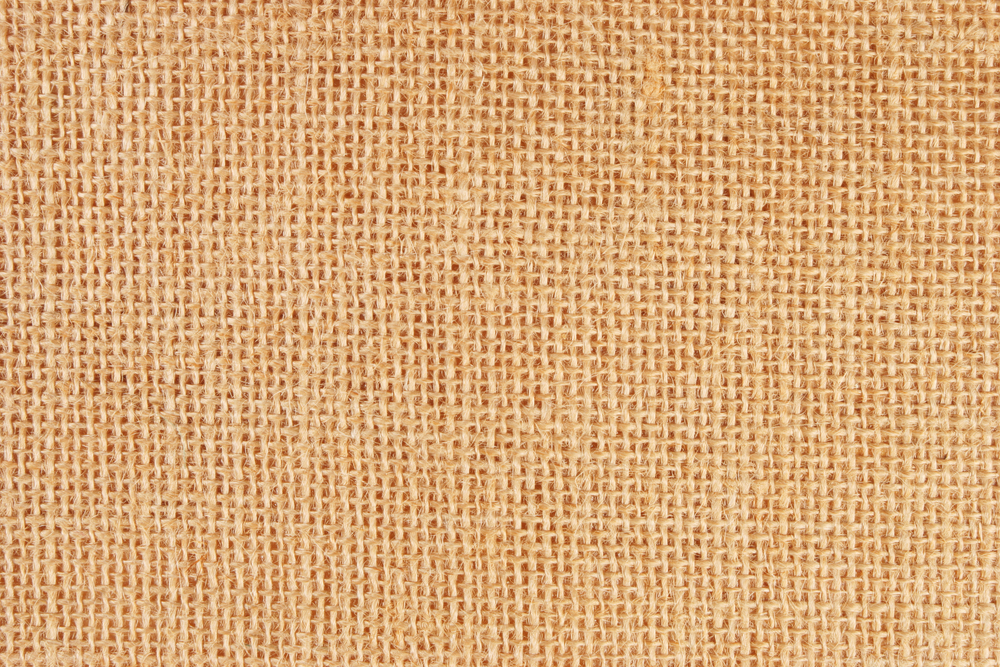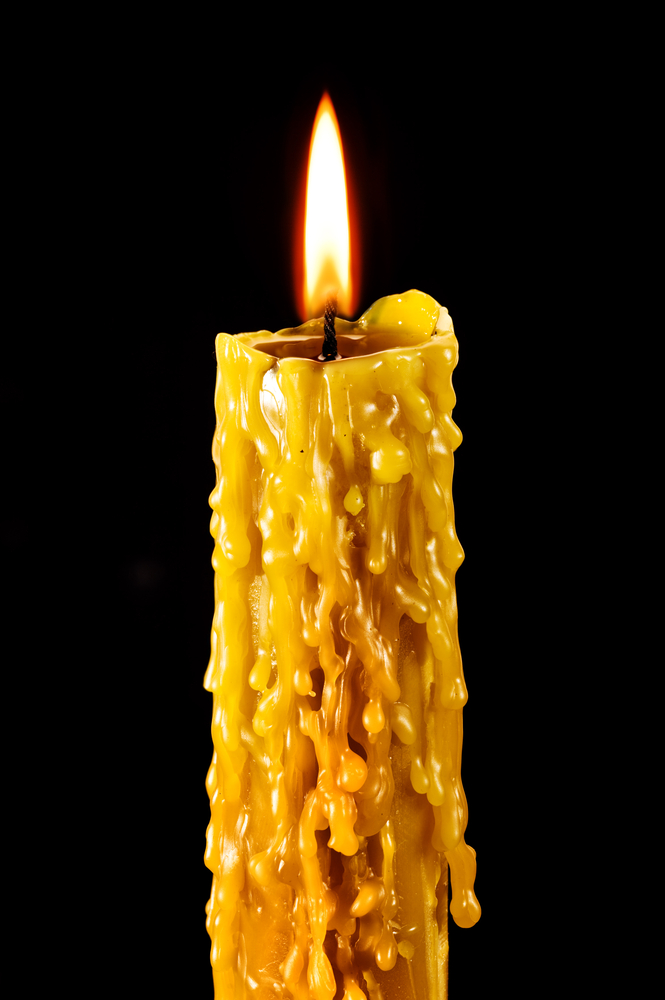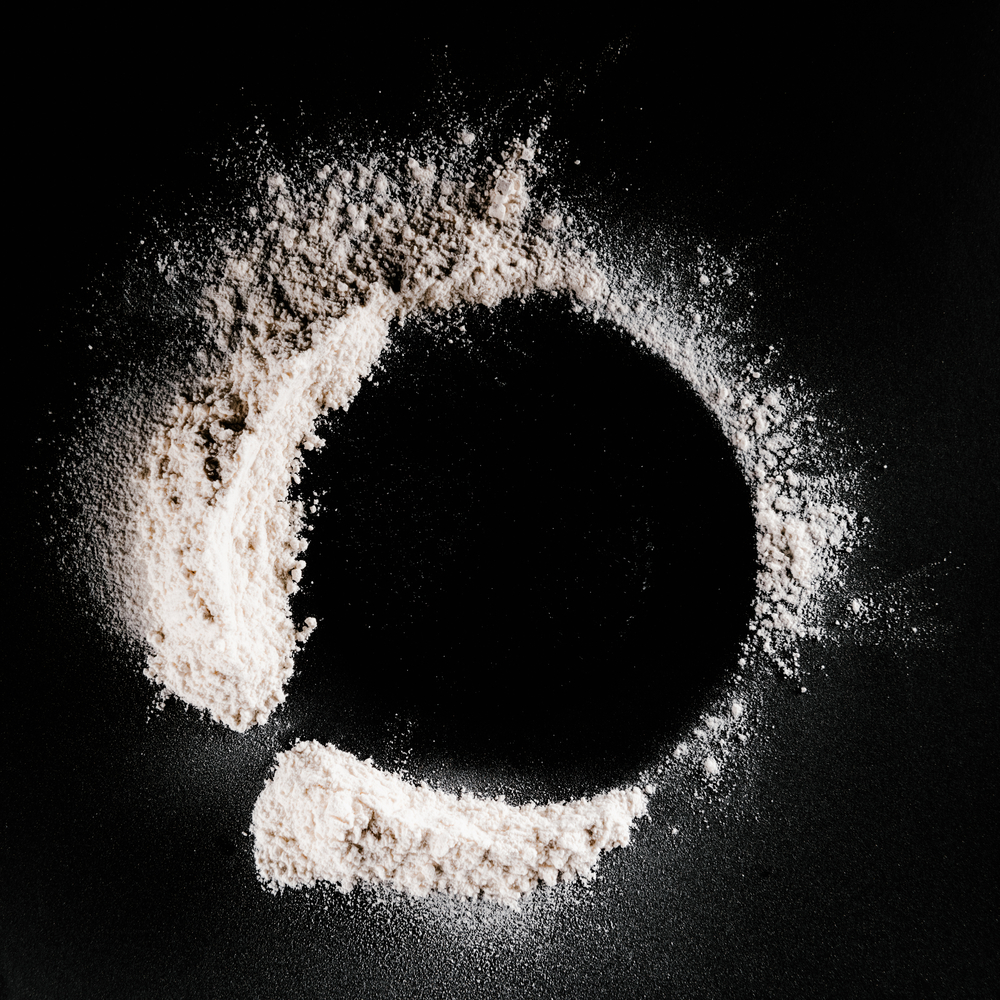Paint is tough to clean from a variety of materials, and carpets and furniture can be particularly difficult to remove. The most important aspect in this case is time: It’s important to clean up spilled paint as soon as possible to avoid leaving a lifelong stain carpet. Once the paint has dried, it is considered set—and, regrettably, it is almost impossible to erase without the assistance of a professional carpet cleaning service in Northampton or replacing your carpeting entirely. It is also crucial to use the right tools for the job.
Here’s all you need to know about how to remove paint out of carpet.
The exact procedure to use will depend on the type of paint – water based, or oil based. Either way, you will need to exercise some caution as the cleaning methods call for the use of water. Some carpet materials such a sisal and jute are sensitive to excessive water.
Water-Based Paint
Step 1: The spreading of water-based paint is rather rapid. A quick response to a spill will assist in avoiding or limiting lasting damage to your carpet.
Step 2: You will need to gather paper towel, a clean towel, light soap or detergent (must be chlorine and bleach free), a soft scrubbing brush, and a rug cleaner.
Step 3: Remove as much extra paint as you can with paper towels before beginning to work on the stain. Start at the fringes of the spill and work inwards making sure not to press down to hard.
Step 4: Follow this up by applying a little water to the affected area. Be careful as too much water may increase to stained are.
Step 5: Never rub, always dab. Rubbing a stain may enlarge the affected area and may cause it to become more deeply embedded in the fibres of the carpet. Dabbing helps to lift stains off the rug’s surface and out of the rug’s binding, keeping them. Try to prevent the paint from soaking through to the binding as you may end up with mildew in your carpet.
Step 6: Continue to dab while adding small quantities of water. You will need to be patient as it may take many attempts before there is observable progress or to entirely remove the paint stain.
Step 7: Create a soap and water solution and dab the paint off the carpet to remove any remaining paint. Alternatively, a chlorine and bleach free detergent and water solution may be used. If using dish soap use it sparingly and properly dilute it in water, or you’ll end up with an even greater mess.
Step 8: Apply the cleaning solution to the affected area with a clean cloth or towel and dab off the solution. Repeat the process until the stain is removed. If necessary, use the scrubbing brush to gently scrub the stained area making sure to move from the fringes to the centre.
Step 9: If the stain is not completely removed by the process described above, you may need to use commercially available cleaners. If you do, be sure to follow the instructions precisely. Be sure to check that the cleaning solution is safe to use in your home and does not include harmful chemicals. Also, do a test application an inconspicuous area of your carpet to ensure that the cleaning solution does not cause discoloration.
Final Step: If all else fails, call for help of a professional. Professional rug and carpet cleaners are well-versed in the most effective methods of removing stains from carpets without causing damage to them or compromising the integrity of the colouring, pattern or pile.
Oil-Based Paint
Step 1: Take action quickly. When it comes to removing a stain, time is of the utmost, but this is particularly true when it comes to oil-based paint. Oil-based stains may adhere to the fibres of your rug very quickly, making ii critical to begin cleaning the process as soon as possible to prevent a long-lasting stain to your carpet.
Step 2: For the cleaning you will need rubber/disposable gloves, paper towels, a putty knife, light soap or detergent (that does not include chlorine or bleach), an old soft cloth, and a carpet cleaner. When selecting a carpet cleaner, get one that is specifically developed to remove oil stains. This will minimise risk of removing colour or damaging the integrity of the carpet fibres themselves.
Step 3: If the paint has not dried up, use the paper towel to dab up as much of the paint as possible. Start from the fringes and work your way in and avoid pressing to hard. If the paint has congealed or dried, use a putty knife to gently scrape away any extra paint from the carpet. Place the knife beneath the paint spill and gently scrape off the paint with it. Repeat the process until you have removed all of the extra paint. Avoid scrubbing with the knife since this may aggravate the stain.
Step 4: Make a cleaning solution by mixing a light detergent or dish soap with cold water to remove the rest of the stain from the carpet. A variety of materials are used to make carpets and rugs; some of these materials are sensitive to certain chemicals, which may cause harm. Try out the solution on an inconspicuous part of your carpet to be sure that it will not cause any damage.
Step 5: Apply small amounts of soapy water to the stain and then dab it away with a clean cloth. Do not rub or scrub as it will move the paint deeper into the carpet’s fibres. Keep repeating the process as it may take many rounds to complete. Keep the carpet from being saturated as the paint stain may spread. For stubborn stains you may need to gently use a soft brush.
Step 6: If the stain is still visible, a professional cleaning solution should be used specifically designed for the purpose. Be careful to read the bottle for step-by-step instructions and check whether the cleaner is safe for your carpet before applying.
Final Step: If all your efforts fail, you will need to assess if it will be worthwhile to approach a professional carpet cleaner. The good ones have an in-depth understanding of the best ways to remove a variety of stains ranging from spilt milk to shoe polish stains without destroying your carpet.
Paint stains are probably the most difficult to remove, particularly in the case of large spills. It is essential to start the cleaning process quickly. Ideally, this should be while the paint is still wet. You will need to be careful not to spread the stain and you will need to be gentle so as not to push the paint deeper into your carpet pile.


